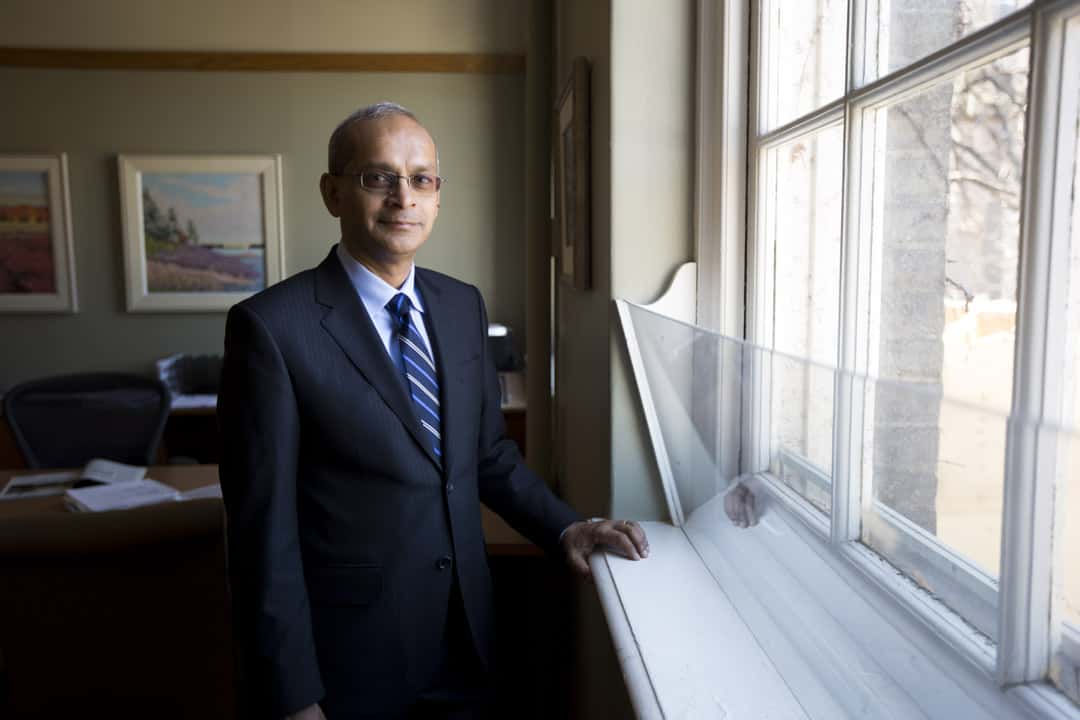It was recently announced that U of T will implement 49 new recommendations from the Equity and Diversity in Research and Innovation Working Group to foster more equity in every stage of research and academia — from ensuring diversity in committees that provide awards and funding to requiring further training in unconscious biases.
This is certainly exciting, especially since the announcement comes with concrete steps to fulfill its vision, which makes this promise feel substantive rather than empty. Assuming that these measures are put into place and followed, real progress is on the horizon.
Sadly, this change is urgently needed in academia. Study after study has shown that the field not only consists of overwhelming numbers of white and male academics, but it is also reluctant to change itself.
For example, in a 2012 study, professors in biology, chemistry, and physics departments at six universities across the US were given identical applications for a lab manager position, with some applicants using female names and others using male names. The male applicants were rated as more “hireable” and competent, and offered a larger starting salary.
In 2016, the Dean of U of T’s Faculty of Medicine, Dr. Trevor Young, revealed some sobering statistics about the racial and socioeconomic makeup of medical students and faculty: Black, Filipino, Latinx, and Indigenous students were “woefully under-represented,” and, in 2013, 75 per cent of the faculty were white.
To even produce these statistics is surprisingly difficult. In 2017, CBC reported that despite the claims of many Canadian universities as pro-diversity, very few actually have any data about the racial demographics of their students. This allows universities to plead ignorance about any kind of discrimination on their part, and allows them to continue a charade of racial blindness.
Many may fight back against these measures as being ‘discriminatory’ toward white men in favour of minorities and underprivileged folks, or suggest that the best solution would simply be to approach hiring, funding, and the like with blindness toward gender and racial considerations. To the former point, it is worth noting that none of the recommendations even suggest or imply discrimination toward white men.
To the latter point, I would say that this is impossible thanks to unconscious biases, which means that even those with the best of intentions still discriminate. In the 2012 study, it is highly unlikely that the faculty involved all held genuine contempt for women, but it is far more likely that they had absorbed societal ideas about men and women in science, and reflected them in hiring practices.
To go beyond the simple fact that more people of diverse backgrounds should have opportunities in academia and research, it should be noted that the type of research that would be conducted with more people who are not white men could be badly needed, or done with a genuine cultural sensitivity that may not be present otherwise.
A person with a particular racial background may have an interest in a research topic that affects them more than it does the dominant race. Someone who is part of an underprivileged community, especially one that has a history of mistreatment in research, may be able to connect with their own community and understand how to conduct research with them better.
Research in every field, from medicine to anthropology, has a tainted history of ignoring the needs and wishes of the communities they encounter, which can lead to dark consequences. Look no further than eugenics as a field, the Tuskegee syphilis experiments, or the US Army working closely with anthropologists to finetune their strategy in Afghanistan.
Paula Rochon, Vice-President of Research at Women’s College Hospital, was part of the working group and reported last yearthat, because women were underused as research subjects in a study on dementia, it is unknown how certain dementia medications affect women, despite the fact that most elderly people with dementia are women. More female researchers, in that case, would have been more likely to push for more female subjects.
And we can extrapolate that to a larger scale. If most researchers are white men, with funding being granted by other white men, and the findings are presented to white men with nobody else in the room, the research would suffer by only focusing on certain issues and their effects on certain people.
No matter your personal identity, I hope that advocating for equity and diversity in academia and research is something we can all celebrate. These steps get more people from diverse backgrounds to be a part of every step of the process. This means more opportunities for more people, better research, and positive outcomes for everyone.
Adina Heisler is a fourth-year Women and Gender Studies and English student at University College.


